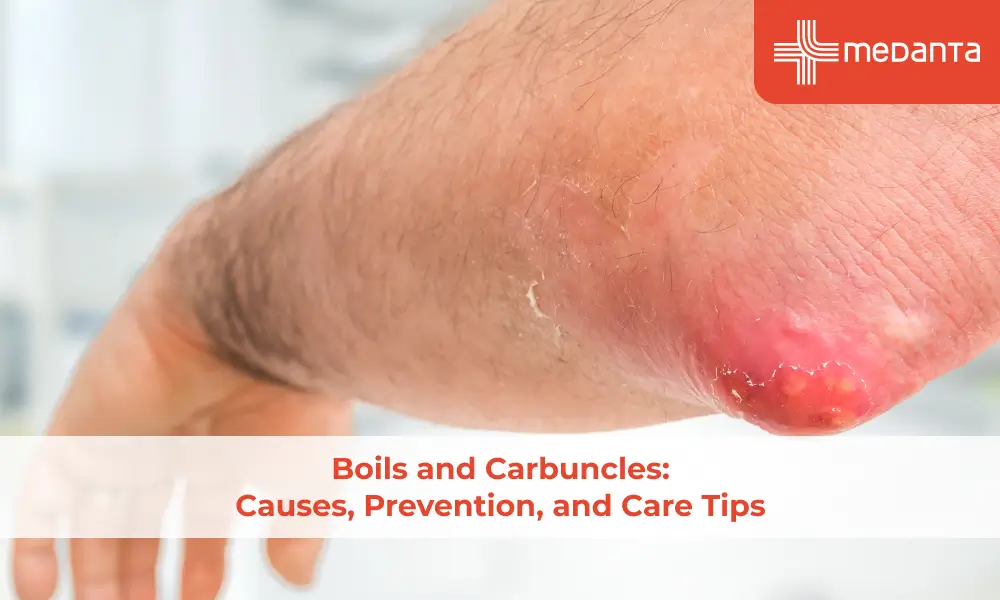Life after Joint Replacement
TABLE OF CONTENTS
Knee replacement recovery typically takes 6 to 12 months. About 90% of patients experience substantial pain relief and better function after surgery. This life-changing procedure provides lasting benefits, as over 80% of knee replacements work effectively for at least 25 years.
Patients gradually return to their normal activities after knee surgery. They can usually drive again within 2 to 4 weeks and head back to work soon after. People with physically demanding jobs might need to wait several months. Daily activities become easier as pain levels drop and mobility gets better.
Recovery after knee replacement requires a balanced rehabilitation plan. Modern techniques, such as robotic knee replacement, allow patients to leave the hospital within 1 to 4 days and resume most activities within 4 to 6 weeks, which shows how newer methods have improved recovery times.
Recovery in the first few weeks after knee replacement surgery focuses on pain control, swelling management, and adjusting to limited mobility. About 60% of patients experience moderate to severe pain. Your doctor will likely recommend a mix of prescription medications, over-the-counter pain relievers, and other pain management approaches.
The surgical site will swell considerably during this time - this is completely normal. Most patients see their swelling decrease after 2-3 weeks, though some may experience it for 3-6 months. Here's what you can do to reduce swelling and feel more comfortable:
Apply ice packs for about 20 minutes, 3-4 times daily
Keep your leg raised above heart level for 40 minutes each hour
Do ankle pumps and gentle exercises as recommended
Use compression stockings if your surgeon prescribes them
Your incision's healing will show through redness, swelling, and bruising - all normal signs. Follow your surgeon's instructions to keep the area clean and dry. The swelling, bruising, and redness around your incision should decrease after about two weeks.
You will initially have limited mobility, but walking with help usually starts within a day or two after surgery. A walker will be needed for the first 2-4 weeks, and then you can switch to crutches or a cane as you get stronger. The proper way to use a walker is simple - move it a few inches ahead, step forward with your operated leg while pushing down for support, and then bring your good leg forward.
Stairs need special handling - step up with your good leg first, then bring up your operated leg. When going down, lead with your operated leg. Your healthcare team might suggest helpful items like raised toilet seats, shower benches, and reachers to make daily tasks easier.
Moving early helps prevent blood clots and promotes healing. Physical therapy exercises to improve your knee's flexibility and strength begin in the first days after surgery. Most patients notice significant improvements in pain and mobility by the six-week mark as their recovery progresses.
Getting back to normal activities is a major milestone in knee replacement recovery. Patients should stay active at home but shouldn't rush into doing too much. Most people see gradual improvements with a mix of good and bad days as they add daily activities to their routine.
Driving becomes possible after you stop taking opioid pain medication and regain your strength and reflexes. Patients with left knee replacements can often drive an automatic vehicle within 2 weeks. Right knee replacements need at least 4 weeks of recovery. Recent studies show some patients can safely drive as early as 4 weeks after surgery. This is an improvement from the previously recommended 6-week waiting period.
Returning to work varies based on your job and recovery progress. Office workers usually return within 4-6 weeks. Jobs that demand physical labour might take 8-12 weeks. Some patients with physically demanding work benefit from a gradual return 3-4 weeks after surgery. Your surgeon's approval is essential before you start working again.
Air travel requires at least 6 weeks of recovery time because pressure changes and sitting still can cause swelling. Once you get clearance to travel, remember these safety measures:
Wear compression stockings
Walk around every hour
Perform foot exercises while seated
Stay hydrated throughout the flight
Household activities can resume gradually as comfort levels improve:
Light chores like dusting and washing dishes are usually manageable
Someone should help with hoovering, laundry and changing bed sheets
Slide objects along countertops instead of lifting them
Use a reacher to grab items on low shelves
Food delivery services can help initially
Sexual activity typically resumes within 3-8 weeks after surgery. Patients report better comfort during intimacy once healed.
Your body will tell you what work to do during recovery. Follow your surgeon's specific guidance carefully. Recovery time varies for each person, so focus on steady progress rather than comparing yourself to others.
Your body needs regular exercise to restore strength and mobility after joint replacement. Most orthopaedic surgeons want you to exercise 20 to 30 minutes each day. You might need to do this 2 to 3 times daily in early recovery. This steady activity helps your blood flow better, builds muscle strength, and lets joints move more freely.
Walking forms the cornerstone of your recovery path. You'll start with a walker or crutches and put more weight on your leg as you get stronger. Your progress shows when you can stand comfortably for more than 10 minutes without support. This usually happens 2-3 weeks after surgery, and you can switch to a single crutch or cane.
Most people can use a cane or walk without help after 3 weeks. By 4-6 weeks, you should be able to:
Go back to desk work
Take short drives
Do more around the house
Try harder exercises
A stationary bike works wonders to build muscle strength and joint flexibility. Hip replacement patients can start swimming once their wound heals properly. Here are other safe, low-impact activities you can try:
Walking (build up distance slowly)
Easy stationary cycling
Swimming and water exercises (3-6 weeks after surgery)
Lightweight training (4-6 weeks after surgery)
Watch out for signs you are doing too much. These include bad pain during exercise, too much swelling, or lasting soreness afterwards. If this happens, wrap some ice in a towel and lift your leg up.
Recovery continues well over the first few weeks. Most patients feel better by a lot after 12 weeks, but full recovery might take up to a year. Avoid high-impact activities like running, jumping, basketball, or skiing during this time. These could harm your new joint.
Walking and stationary cycling remain your best options to keep your joints strong over time. Remember to be patient with your recovery. The pain before surgery and swelling afterwards have made your muscles weak, and they need time to get strong again.
Joint replacement surgery transforms lives by reducing pain and helping people move better. Recovery needs time, but patients live better after they heal completely. The first six weeks bring challenges with pain control and limited movement, but these get better gradually. People see their biggest improvements after three months, though full recovery takes up to a year.
Getting back to normal activities happens step by step. Patients can usually drive again in 2-4 weeks. Office workers often return to work in 4-6 weeks, while physical jobs might need 8-12 weeks of recovery. Daily tasks become easier as strength returns and pain fades away.
Success over time depends on finding the right balance between staying active and caring for the new joint. Patience remains the key factor during recovery. Your body needs time to get used to the new joint and build muscle strength. The results are worth it - knee replacements typically last 25 years. People who stick to their rehab plans and stay active at the right level usually get the best results and longest-lasting benefits from their joint replacement.





